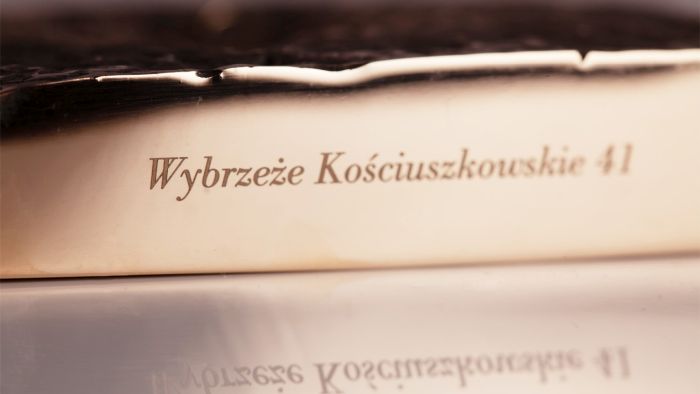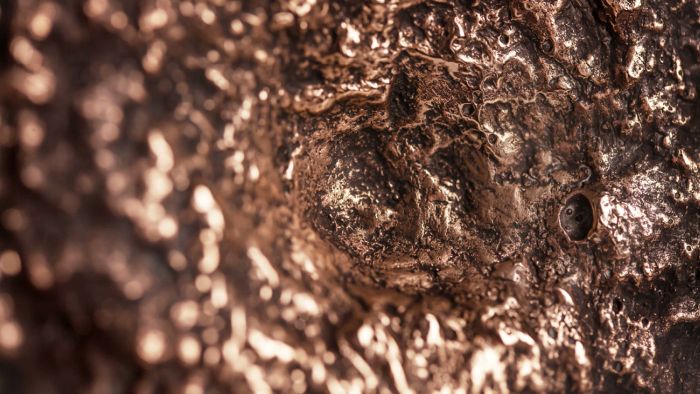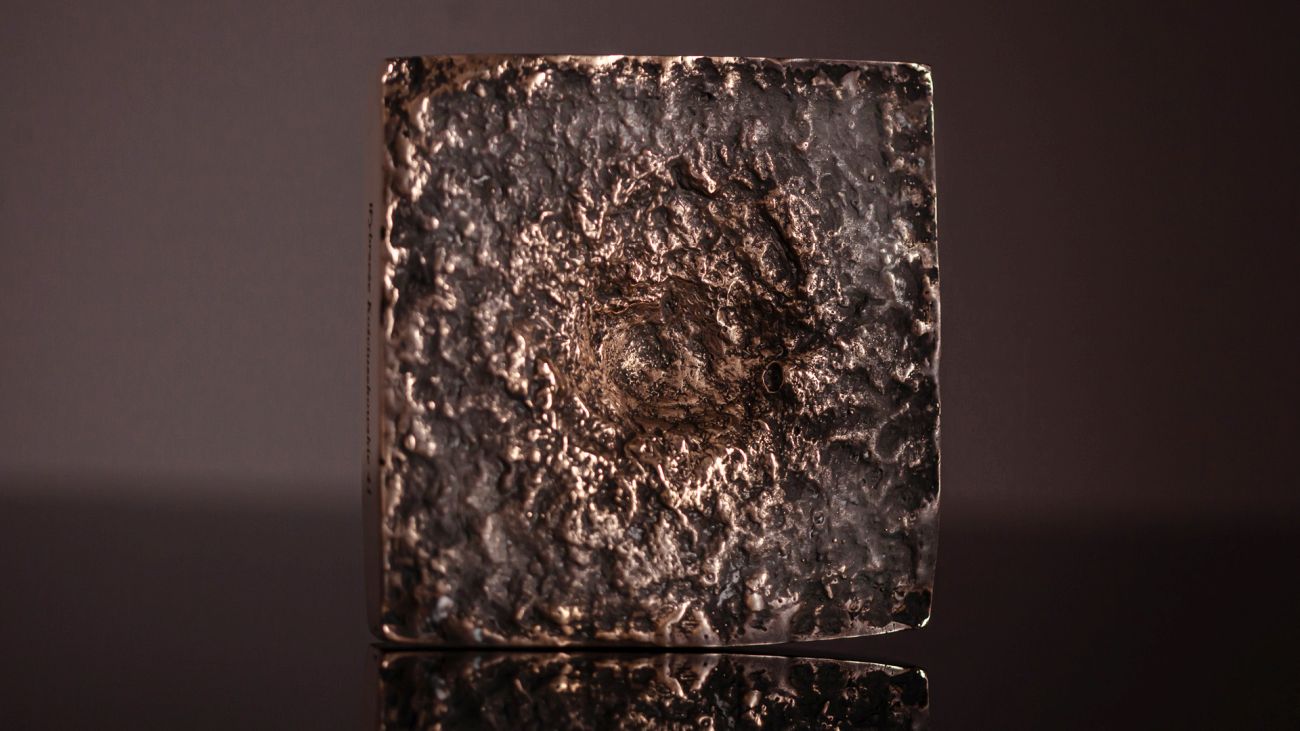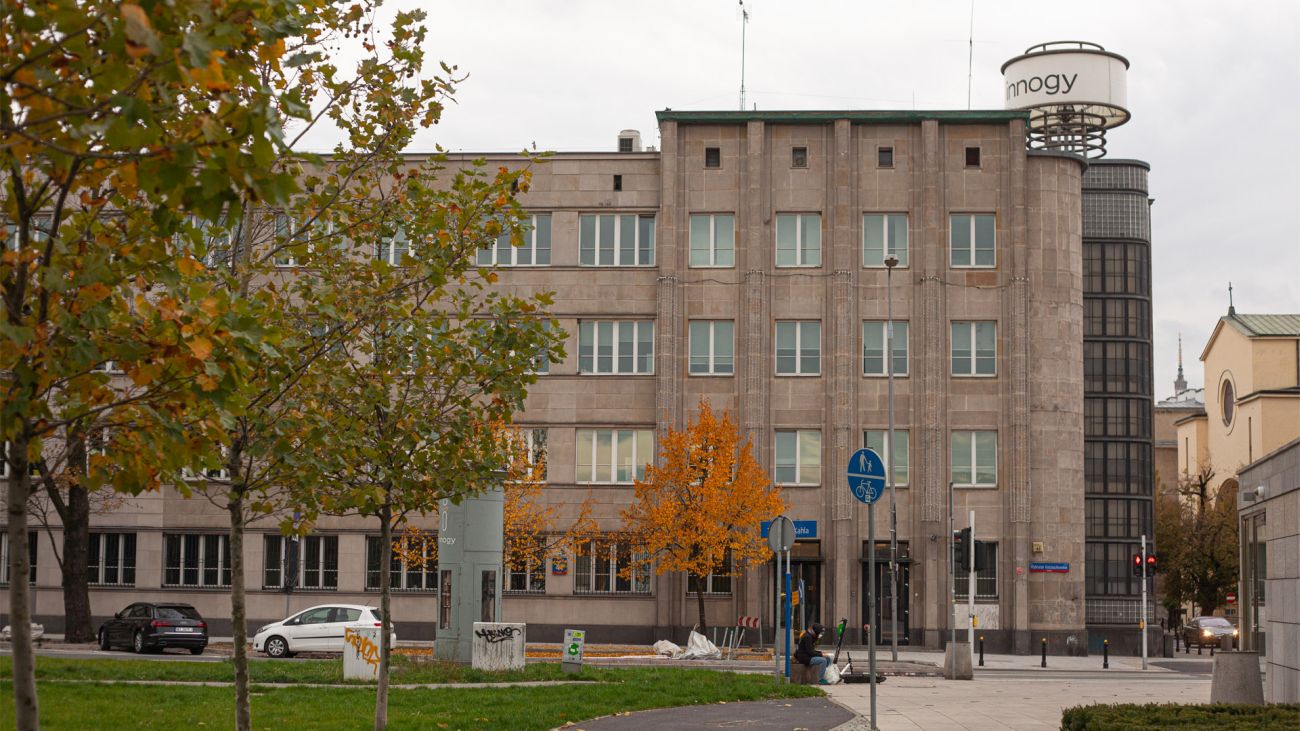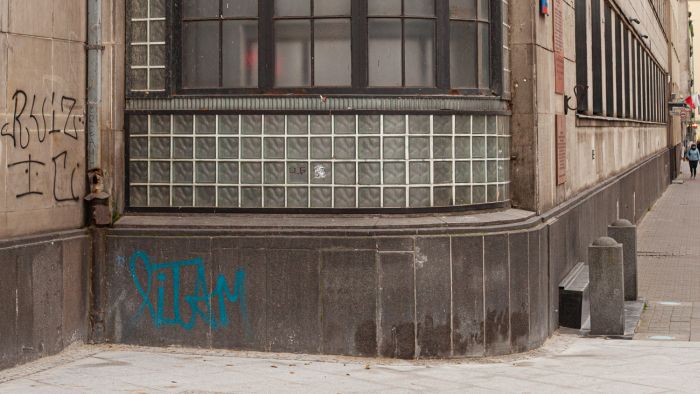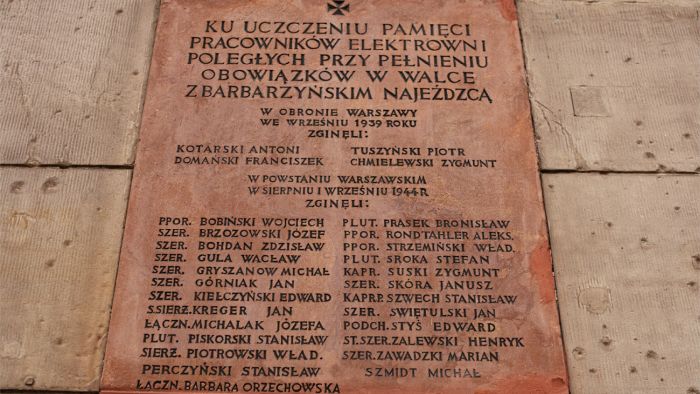In close vicinity to a water intake station, crucial transport routes and warehouses, the municipal power plant (Elektrownia Miejska) became a vital target for both the occupying forces and the insurgency. Securing a stable supply of energy was a precarious necessity that bordered the impossible. According to a strategy formulated by the Germans in 1942, certain parts of the city were to be cut off from the power grid. This included the entire Warsaw ghetto. The hardest strategic decisions were made in the power plant’s main office at Wybrzeże Kościuszkowskie 41.
Figuring out the exact plan of supplying electricity to the city had been entrusted to Tadeusz Kahlow, deputy commander of the Home Army at power plant. There were two priorities. The first one was to hide the energy distribution from the occupants. The second – to tailor it in a way best suited for the people’s needs. Private houses called for electricity in the evenings, while workshops and industry required it during the days. Because of their specific purpose, hospitals necessitated a constant supply of energy. Kahlow was trusted with another illegal responsibility, redirecting energy to various important underground organisations such as gun workshops and dissident printing houses. Wincenty “Ursyn” Szantyr played a huge part in this difficult undertaking. He organised the so called “cable groups” tasked with repairing and creating new power distribution lines. This often had to be done covertly.
The power plant’s staff took upon them another clandestine task – to create fictitious work places that would employ young people, protecting them from being sent off to labour camps. If discovered by Germans, this often had severe consequences for the people involved, including death by firing squad. The Gestapo relentlessly pursued underground activist among the employees of the power plant.
The workers of the plant took active part in the battles of September 1939. The Insurgent Protection Authority (Służba Ochrony Powstania), reformed into the Military Insurgent Protection Authority (Wojskowa Służba Ochrony Powstania) in 1943, achieved one of the most significant victories in the first days of the uprising. On August 1, 1944, a group of poorly armed workers defeated a squad of German soldiers guarding the plant. By the next day, they captured the rest of the building and held it until September 1, 1944. That is also when the “Elektrownia” group was formed under the command of a captain of reserves and member of the Union of Armed Struggle (ZWZ AK), Stanisław “Cubryna” Skiniewski. “Cubryna” worked as the power plant’s director before 1942. Insurgents from the “Krybar” group also joined the fight for the power plant.
At the same time, a field hospital operated in the plant’s administration building cellar.
After Old Town fell, German forces focused their military efforts on Powiśle and launched an overwhelming assault. Outnumbered and with no hope of winning, the soldiers and employees of the power plant were forced to withdraw to Śródmieście between the 5th and 8th of September. After their surrender, they shared the fate of the rest of Warsaw’s citizens.
On a side note – the armoured vehicle “Kubuś” has been built inside the plant’s workshop at the initiative of Cpt Cyprian “Krybar” Odorkiewicz and Cpt Stanisław “Cubryna” Skibniewski.

